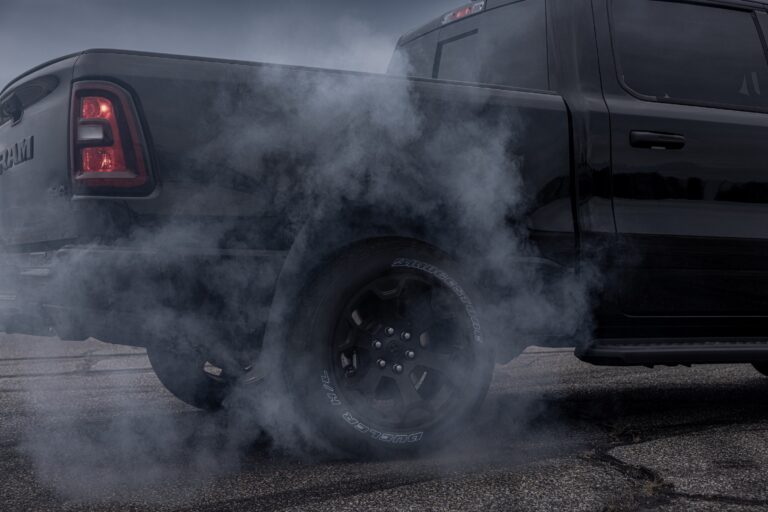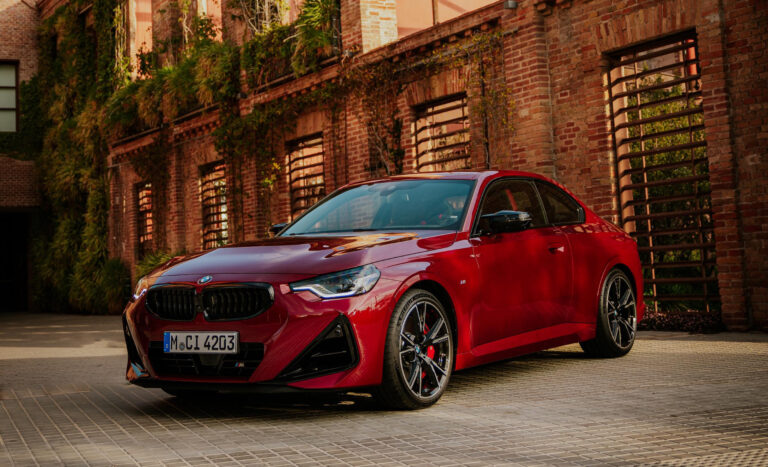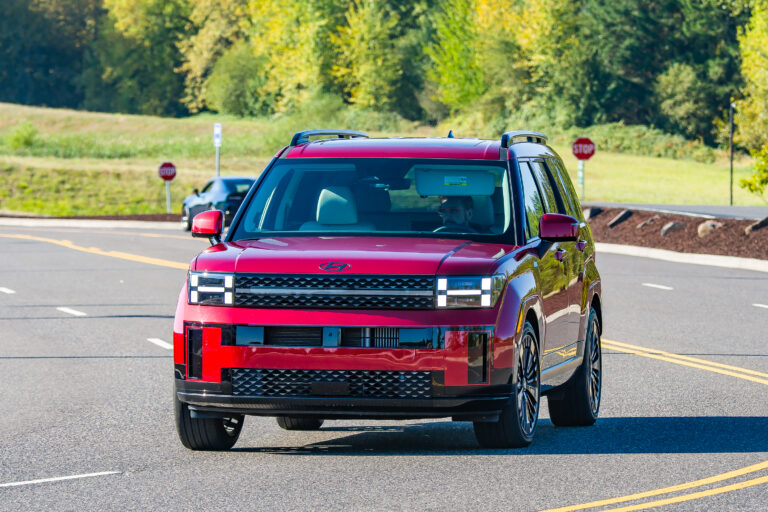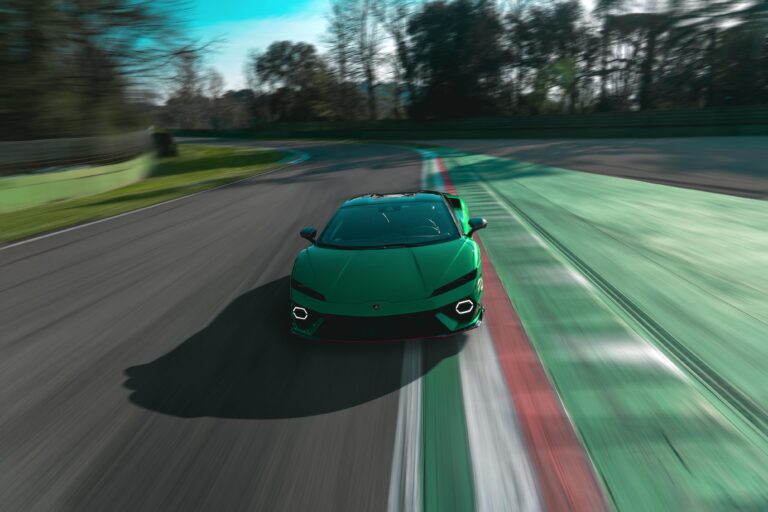2026 Toyota Prius Gets Sharper, Faster, and Still Sips Fuel
Toyota’s hybrid pioneer turns 25 with aggressive styling, sharper tech, and up to 57 MPG. The 2026 Prius proves relevance isn’t just about going electric.
Why does this car matter right now?
The Toyota Prius just turned 25. That’s right, the hybrid icon that once made Hollywood feel smug now walks with purpose and a gym membership. The 2026 model arrives with the same planet-saving DNA but has finally figured out that looking good and feeling fast help sell cars too.
In an era when every automaker is sprinting toward full electrification, Toyota’s continued investment in hybrid tech may feel like playing vinyl in a streaming world. But then you see the numbers. Up to 57 MPG on front-wheel drive models. A starting price of $28,550. And a design that wouldn’t look out of place parked next to a Lexus.
The Prius doesn’t need to shout anymore. It quietly, confidently outpaces much of the market with a fifth-generation hybrid system that delivers 194 horsepower (196 with all-wheel drive) and a 0–60 time under 7.2 seconds. In other words, it’s finally quick enough to make merging less of a gamble.

How does it compare to rivals?
While some automakers are pulling plug-in hybrids and hybrids off the shelf in favor of full EVs, Toyota is leaning in. The 2026 Prius isn’t trying to beat the Tesla Model 3 at Supercharging, but it will outlast it on a single tank of gas and a lot less infrastructure.
Against plug-in hybrid models like the Hyundai Ioniq or Kia Niro PHEV, the Prius trades electric-only range for continuous efficiency. There’s no plugging in, no hunting for chargers, and no worrying about cold weather sapping range. If you want a commuter car with minimal fuss and maximal savings, the Prius still plays the efficiency game better than most.

New rivals like the Honda Civic Hybrid are nipping at its heels, but the Prius holds the advantage in tech, fuel economy, and available all-wheel drive. The new AWD system isn’t just a badge gimmick either. It uses a dedicated rear motor that’s smart enough to preemptively engage for grip, especially useful in snow-prone states.
Who is this for, and who should skip it?
If you’ve been eyeing electric cars but aren’t ready for the leap, this is your on-ramp. The Prius is for the practical-minded, tech-forward driver who wants to save fuel without making lifestyle compromises.

Thanks to Toyota Audio Multimedia and available 12.3-inch touchscreen, you’re not sacrificing cabin tech. The cabin has matured into a sleek, functional space, with wireless Apple CarPlay, Android Auto, dual Bluetooth pairing, and up to six USB-C ports. You even get access to cloud-based navigation and voice assistant features with “Hey Toyota” activation.
Higher trims, like the Limited, add a JBL sound system, panoramic view monitor, and hands-free parking. There’s enough here to satisfy even small luxury car buyers, without the badge snobbery or price tag.
On the flip side, if you’re craving true EV range, towing capacity, or three-row SUV practicality, this isn’t your car. The Prius knows exactly what it is, and makes no attempt to be anything else. That’s part of its charm.

What’s the long-term significance?
The 2026 Prius stands as proof that hybrid cars still have a very big role in a post-EV-hype world. With EV range anxiety, pricing volatility, and tariff impact all disrupting the electric dream, Toyota’s slow-and-steady approach suddenly feels wise.
It’s not just about this Prius either. Toyota’s hybrid strategy now spans 32 electrified options. And with a new battery plant opening in North Carolina this spring, the brand isn’t just hedging bets—it’s doubling down on scalable, global-ready electrification.
For the Prius specifically, this model signals its transformation from eco-wagon to desirability-driven daily driver. Aggressive bodywork, larger wheels, and sharper driving dynamics don’t just modernize it, they widen its appeal.
Prius used to be the sensible shoe of the car world. Now it’s more like a waterproof trainer that looks good, grips better, and still lasts 200,000 miles. If that sounds like a winning combo, well, that’s because it is.
Like what you’ve read? Stay in the driver’s seat with more insider automotive insights. Follow @NikJMiles and @TestMiles for stories that go beyond the press release.







